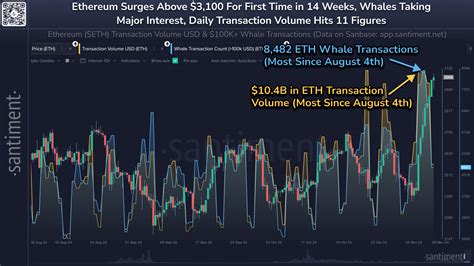Understanding Ethereum’s “volume” concept and its impact on Bitcoin price
When it comes to cryptocurrency such as Bitcoin (BTC) or Ethereum, two ordinary metrics are the volume and number of transactions. However, these two measures are often confused with market dynamics. In this article, we will go into what each metric represents, its differences and how they affect the price of these cryptocurrencies.
Volume: exchanged with btc quantity

The volume refers to the total amount of Bitcoin (BTC) traded over a certain period of time. This is essentially the amount of coins that are exchanged for each other or to the other. In other words, it measures the “volume” of transactions in the market. Higher volume indicates greater activity and potentially higher liquidity.
To illustrate this, let’s consider an example:
Let’s say the following transactions are:
- Trade: 100 btc @ $ 75
Trade 2: 0.5 BTC @ $ 76
Trade 3: 100 BTC @ $ 77
Trade 4: 100 BTC @ $ 78
Trade 5: 100 BTC @ $ 78
Five separate transactions occurred, but the total volume is calculated as follows:
Volume = (1 Trade × 75 USD) + (0.5
= 75 USD + 37 USD + 154 USD + 234 USD + 312 USD
= $ 870
In this example, the total volume is approximately 870 Bitcoin units.
Trade Number: Number of completed contracts
The number of completed transactions refers to the actual exchange of agreements or posts. Each transaction is taken into account in this metric, including small, such as micro trade and big deals. Higher number of transactions indicates greater market activity.
To look at it in the perspective:
- Trade: 100 btc @ $ 75
Trade 2: 0.5 BTC @ $ 76
Trade 3: 100 BTC @ $ 77
Trade 4: 100 BTC @ $ 78
Trade 5: 100 BTC @ $ 78
The number of trade is calculated as follows:
Trade Number = 1 Trade + 0.5 Transactions + 2 Transactions + 3 Deals + 4 Transactions
= 8.5 transactions
In this example, the total number of transactions is approximately 8.5.
Conclusion
Although both trade and the number is an important understanding of market activity, they reflect different aspects of cryptocurrency. The volume reflects the amount of transactions, while the number of transactions measures actual contracts or exchanged positions.
Consider an example to illustrate the difference:
Traders are likely to be more interested in price movement (such as up or down) than the volume of trade or the number of transactions. If the price increases by 10%, but only a few transactions are made during this period (for example, trade 1), it is possible that the market is still volatile and sensitive to further fluctuations.
Conversely, if the price drops significantly (for example, 20% in just one day), thanks to a large number of transactions (8.5 in our example), this may indicate increased liquidity and trader support.
In conclusion, understanding of both the amount and the number of posts is essential for deliberate decisions on buying or selling Bitcoin and Ethereum. Recognizing the differences between these figures, investors can get a more comprehensive opinion on market dynamics and make trading strategies more efficient.